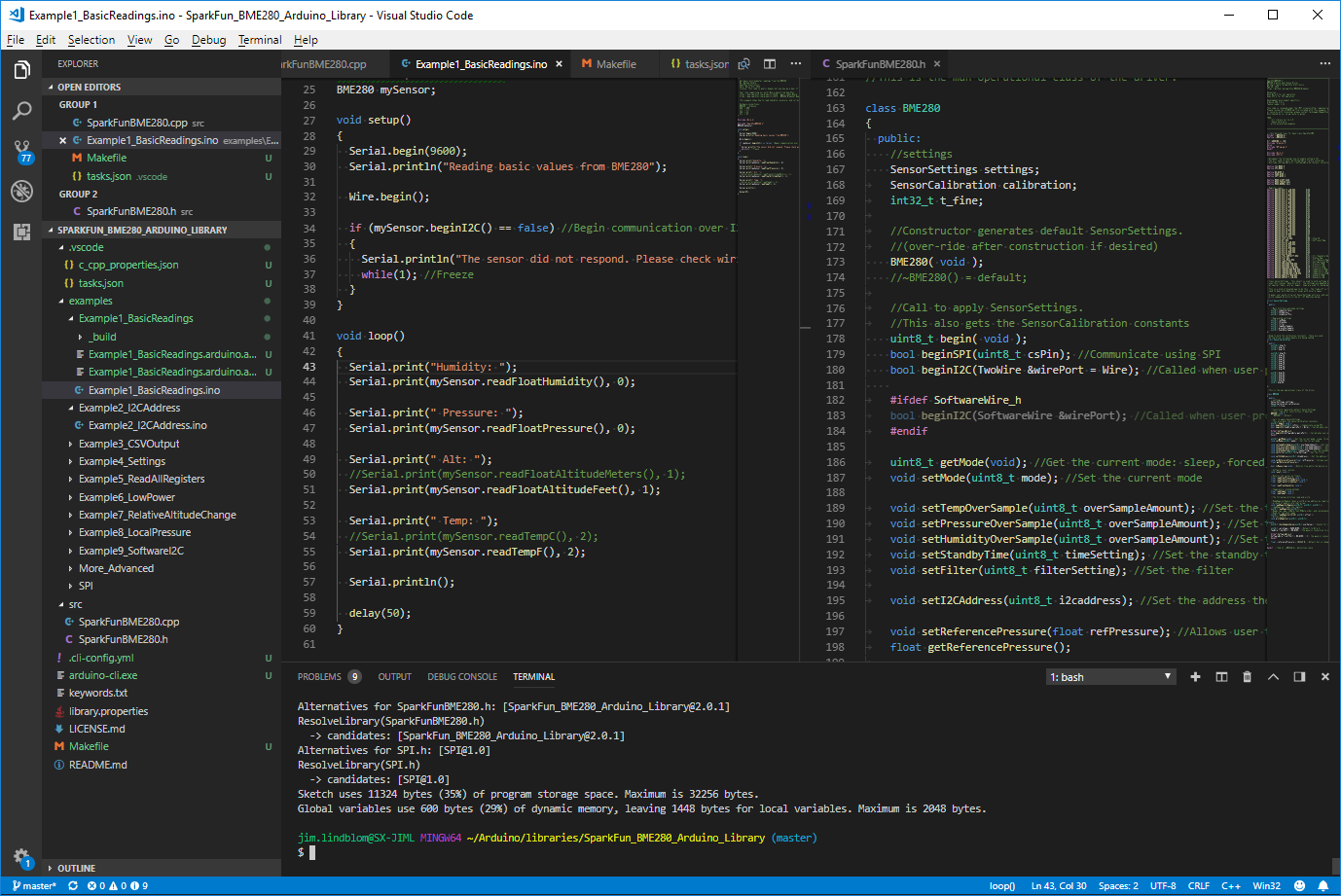

You can use the preceding links or go directly to /tools to find all the parts for your projects at the best price!

Take a look at the table below: Output frequency scalingįor the Arduino, it is common to use a frequency scaling of 20%. Scaling the output frequency is useful to optimize the sensor readings for various frequency counters or microcontrollers. It can be scaled to the following preset values: 100%, 20% or 2%. Pins S0 and S1 are used for scaling the output frequency. Take a look at the table below: Photodiode type As the photodiodes are connected in parallel, setting the S2 and S3 LOW and HIGH in different combinations allows you to select different photodidodes. To select the color read by the photodiode, you use the control pins S2 and S3. Output frequency scaling selection inputs This frequency is then, read by the Arduino – this is shown in the figure below. The sensor has a current-to-frequency converter that converts the photodiodes’ readings into a square wave with a frequency that is proportional to the light intensity of the chosen color. If you take a closer look at the TCS3200 chip you can see the different filters.īy selectively choosing the photodiode filter’s readings, you’re able to detect the intensity of the different colors.


This post shows you how to detect colors with the Arduino using the TCS230/ TCS3200 color sensor.


 0 kommentar(er)
0 kommentar(er)
